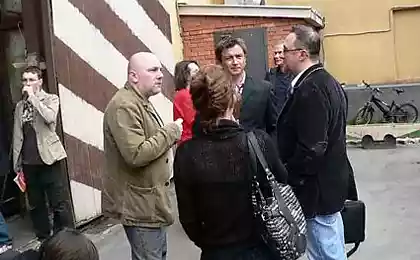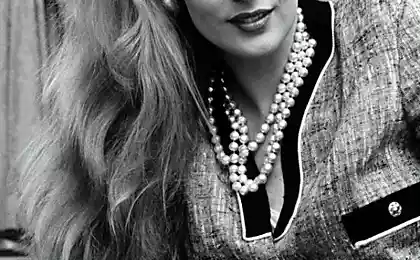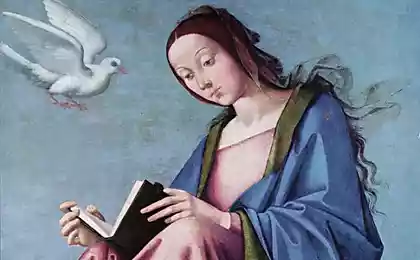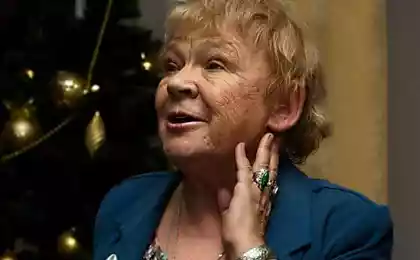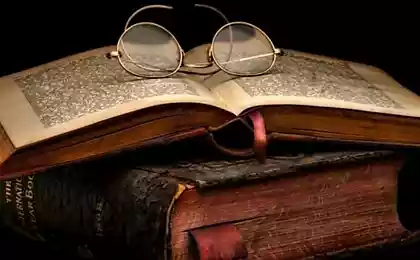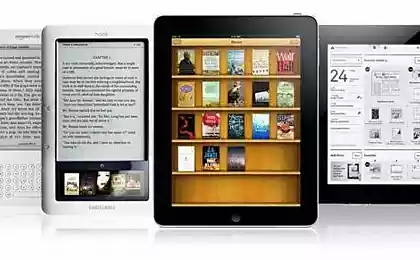165
Image of the Middle Ages: 10 books for immersion in medieval studies
The romantic image of the medieval era, knightly tournaments and beautiful ladies, born of fiction, was replaced by radical naturalism: the favorite attributes were plague masks and carnivals, humiliation and, at the same time, the triumph of the flesh. Is it possible to answer the question, what was the true consciousness of medieval man? For those who crave a more complete immersion and comprehensive acquaintance with the attributes of the Middle Ages
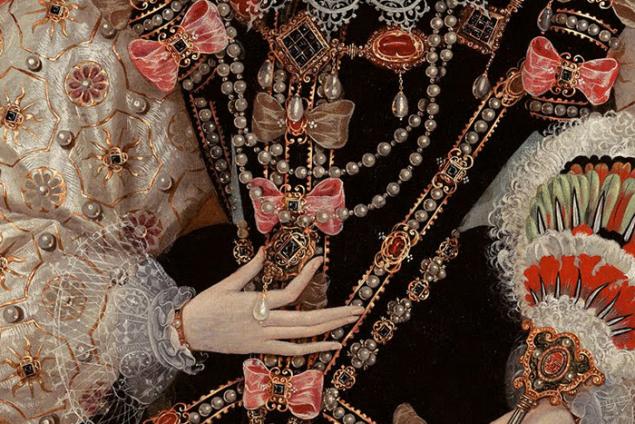
Yogan Heisinga The book became one of the most famous and popular studies on the Middle Ages. Verified from the point of view of historical reality and factual part, it turns out to be precisely that talented work, which, formally depicting an era long past, is able at any time to tell a new story about today.
Aron Gurevich The author of the concept of the “medieval chronotope” distinguishes in the consciousness of a person of the era the key categories that order his world: space and time, and is repelled in the study from them. The fact is that a person is not born with a ready-made sense of space and time - it varies between epochs, has its own characteristics and acts as the basis on which each particular culture grows and develops.
Medieval people Robert Fossier In the key work of Robert Fossier, one of the outstanding professors of the Sorbonne, the reader sees vivid and full-blooded paintings of the Middle Ages: the author inscribes the smallest interesting details of life into the global canvas of the era. It is impossible not to mention the most powerful erudition of Fossier, thanks to which he debunks the main myths and stereotyped ideas about the Middle Ages.
Eileen Power. In a work that bears the same name as Fossier’s work, Power examines the lives of ordinary people: from a peasant of the era of Charlemagne and a Venetian traveler of the thirteenth century to a Parisian housewife and clothmaker of the time of Henry VII. It is important that each of the figures chosen by the author, despite all the specificity presented, expresses the key typical features of the era.
Jacques Le Goff For all the fundamentality of the approach, one of the main works of the medievalist Jacques le Goff turns out to be a fascinating journey into the Middle Ages. Unlike many historical works, Le Goff takes a comprehensive approach to his subject: he not only points to events that have happened, but also reveals the process of development of culture as a whole: economic, social, artistic and religious changes.
Symbolic History of the European Middle Ages Michel Pasturo. Like Le Goff in Heroes and Miracles of the Middle Ages, Pasturo explores the European imaginary through a comprehensive examination of the symbolic plane and creates the author’s concept of “symbolic history.” Drawing a line under many years of research, Pasturo seeks to show what is hidden from the view of modern man: color and object symbolism, symbolic actions in the social sphere (for example, the meaning of certain professions), attitude to nature and animals.
Erwin Panofsky Erwin Panofsky, one of the most prominent art theorists and an authoritative specialist on the work of Albrecht Dürer, devoted his work to revealing the direct connection between scholastic thinking and architectural and artistic forms of medieval culture. It is worth noting that the work of Panofsky in its depth and structural elaboration definitely became a new stage in art criticism.
Jacques Le Goff, Nicolas Trunon The duet of representatives of the Annals school is no less interesting than the independent works of Le Goff. Despite the small volume and light style, more like an essay, "Body History" gives an idea of one of the most exciting aspects - the attitude to the body. For researchers, the concept of the “body” becomes a prism highlighting a wide range of problems – social control, hygiene, disease and healing, sexuality, sensual and spiritual practices.
The Gilles de Rais trial Georges Bataille The book consists of two parts: the first is the author's reflection, in which Bataille rather uses the figure of de Rey, developing his own idea of the nature of violence. In the second part, historical documents are presented, with striking clarity, the truth of medieval legal proceedings, with brutal interrogations, torture and forced confessions. Bataille often uses the dry language of reports and statistics in descriptions, which has an even greater effect.
Wonderworking Kings Mark Block. One of the founders of the Annals school, Mark Block, asks about the reasons for the awe of the aristocracy, about the foundation on which monarchical power rested. Guided by the key principles of his school, the historian brings initially rather narrow and specific problems to the fundamental level and, in general, considers the problems of endowing power with sacred features. In this, his research is more than relevant. published
P.S. And remember, just changing our consumption – together we change the world!
Source: theoryandpractice.ru

Yogan Heisinga The book became one of the most famous and popular studies on the Middle Ages. Verified from the point of view of historical reality and factual part, it turns out to be precisely that talented work, which, formally depicting an era long past, is able at any time to tell a new story about today.
Aron Gurevich The author of the concept of the “medieval chronotope” distinguishes in the consciousness of a person of the era the key categories that order his world: space and time, and is repelled in the study from them. The fact is that a person is not born with a ready-made sense of space and time - it varies between epochs, has its own characteristics and acts as the basis on which each particular culture grows and develops.
Medieval people Robert Fossier In the key work of Robert Fossier, one of the outstanding professors of the Sorbonne, the reader sees vivid and full-blooded paintings of the Middle Ages: the author inscribes the smallest interesting details of life into the global canvas of the era. It is impossible not to mention the most powerful erudition of Fossier, thanks to which he debunks the main myths and stereotyped ideas about the Middle Ages.
Eileen Power. In a work that bears the same name as Fossier’s work, Power examines the lives of ordinary people: from a peasant of the era of Charlemagne and a Venetian traveler of the thirteenth century to a Parisian housewife and clothmaker of the time of Henry VII. It is important that each of the figures chosen by the author, despite all the specificity presented, expresses the key typical features of the era.
Jacques Le Goff For all the fundamentality of the approach, one of the main works of the medievalist Jacques le Goff turns out to be a fascinating journey into the Middle Ages. Unlike many historical works, Le Goff takes a comprehensive approach to his subject: he not only points to events that have happened, but also reveals the process of development of culture as a whole: economic, social, artistic and religious changes.
Symbolic History of the European Middle Ages Michel Pasturo. Like Le Goff in Heroes and Miracles of the Middle Ages, Pasturo explores the European imaginary through a comprehensive examination of the symbolic plane and creates the author’s concept of “symbolic history.” Drawing a line under many years of research, Pasturo seeks to show what is hidden from the view of modern man: color and object symbolism, symbolic actions in the social sphere (for example, the meaning of certain professions), attitude to nature and animals.
Erwin Panofsky Erwin Panofsky, one of the most prominent art theorists and an authoritative specialist on the work of Albrecht Dürer, devoted his work to revealing the direct connection between scholastic thinking and architectural and artistic forms of medieval culture. It is worth noting that the work of Panofsky in its depth and structural elaboration definitely became a new stage in art criticism.
Jacques Le Goff, Nicolas Trunon The duet of representatives of the Annals school is no less interesting than the independent works of Le Goff. Despite the small volume and light style, more like an essay, "Body History" gives an idea of one of the most exciting aspects - the attitude to the body. For researchers, the concept of the “body” becomes a prism highlighting a wide range of problems – social control, hygiene, disease and healing, sexuality, sensual and spiritual practices.
The Gilles de Rais trial Georges Bataille The book consists of two parts: the first is the author's reflection, in which Bataille rather uses the figure of de Rey, developing his own idea of the nature of violence. In the second part, historical documents are presented, with striking clarity, the truth of medieval legal proceedings, with brutal interrogations, torture and forced confessions. Bataille often uses the dry language of reports and statistics in descriptions, which has an even greater effect.
Wonderworking Kings Mark Block. One of the founders of the Annals school, Mark Block, asks about the reasons for the awe of the aristocracy, about the foundation on which monarchical power rested. Guided by the key principles of his school, the historian brings initially rather narrow and specific problems to the fundamental level and, in general, considers the problems of endowing power with sacred features. In this, his research is more than relevant. published
P.S. And remember, just changing our consumption – together we change the world!
Source: theoryandpractice.ru


